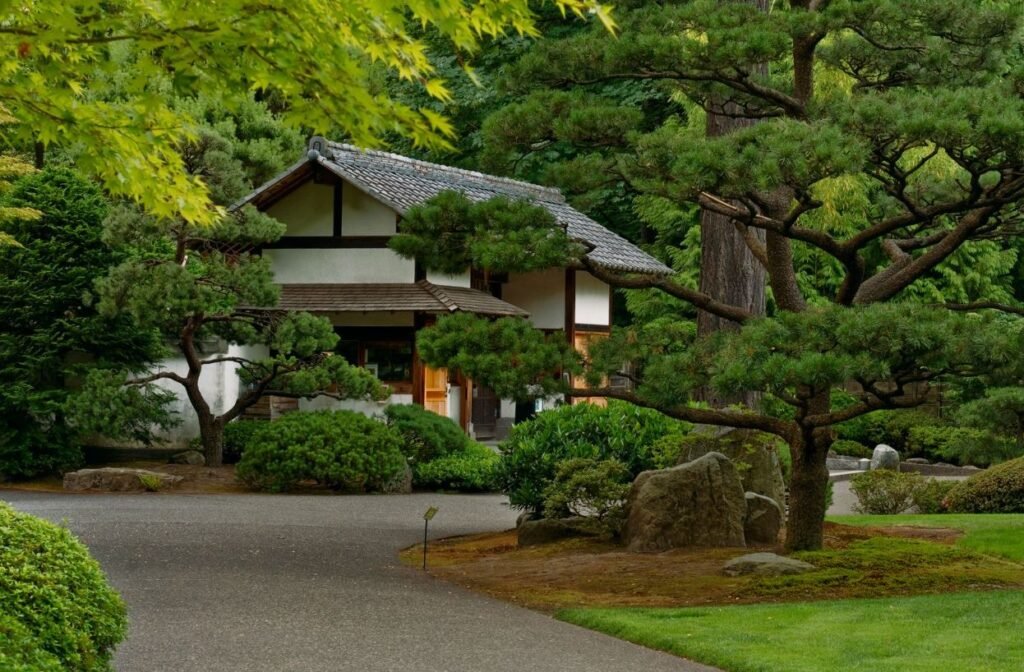What’s mulching?
Mulching involves application of organic material at the base of a tree. However Inorganic materials e.g. gravel and rubber chips are also used. Apart from the many benefits that comes with mulching it also serves to add to the aesthetic value of the landscape. Mulching has greater importance in newly planted trees as it protects the roots from elements of the environments.
The process of Mulching
Choosing of the right mulching:
The mulch you choose can determine the health of the trees in the landscape. it is therefore advisable to select high quality organic mulch. Inorganic mulches do not improve the composition of the sol in terms of nutritional value. it is worthwhile to note that majority of mulches offered in stores may contain toxic chemicals, lead paints, construction debris and other harmful waste. The most common organic mulches include;
Decomposing leaf litter – The litter should be thoroughly composed to reduce the spread of weeds. This category of mulch has a high amount of nutrients and is the most readily available.
Animal manure- This s a good source of nutrients. Before application it should be mixed with high porosity material to improve aeration and drainage. Incompletely composted manure can cause burns that can severely damage the trees.
Other sources of quality mulch include shredded leaves, sawdust, sewage sludge and straw. While choosing the mulch to apply you must consider the nutrient value, availability, texture and aesthetics. the mulch should complement the appearance of the landscape and should be according to the particular tastes of the owner. The availability of the mulch determines its cost. Mulch available within the vicinity reduces transportation costs. However, mulch can be available free of charge within the community. The texture should be preferably medium. Fine texture may inhibit proper drainage while coarse texture is too porous to retain meaningful amounts of water. The decomposing mulch should provide nutrient rich humus to add to the composition of the soil.
Application of the mulching
A number of activities should be carried out to prepare the field before the application. These include clearing and removal of unwanted plants especially grass. This eliminates the competition with the tree for essential nutrients, water and nitrogen. The grass can be removed by first mowing and then applying a weak solution of herbicide. Removal using gardening tools is discouraged since it causes disturbance of the fibrous root system. The feeder roots the grass as well as the trees reside within the top 30cm of ground area. Safety gear recommended by the weed killer should be won and manufacturers directions regarding use followed.
Any existing mulch should be raked away and discarded. Stop at the point where the soil color changes and there is presence of roots.
2 – 4 inches of mulch should be applied uniformly in the prepared area depending on the drainage. Less mulch should be applied in areas with lower drainage. A clearance of 1 inch or more should be left between the stem of the tree and the mulch. Mulch should never be piled up the tree trunk to form volcano like features.
Note
Excess mulch retains excess moisture and warmth that causes stress to the trees and lead to rotting of the roots.
Piling the mulch up the trunk to form volcano le features stresses the tissues of the trunk and can lead to accumulation of insects and diseases. Organic mulches must be replenished with time at a rate commensurate to decomposition to avoid build up.
Once application of the mulch is complete it should be watered to prevent it from blowing away. Addition of excess water is detrimental to the plant.
Benefits of mulching.
Conservation of soil moisture: Mulch diminishes the evaporation rate during hot summers hence infrequent watering s required.
Improvement of soil fertility: Decomposing mulch add essential nutrients like nitrogen and phosphorous to the sol. in clay soils it improves the porosity and improve the water retention capacity of light sandy soils.
Provision of insulation: Compare to bare soils mulched soils are cooler in summer and warmer during winter which effectively reduces the extent of freezing and thawing of soil which has adverse effects on the plants.
Other benefits include the prevention of dispersion of soil when hit by droplets from rain or sprinklers.





